Changes in temperature and rainfall over 200 years closely affected the survival of the Tubo kingdom on the Tibetan plateau.
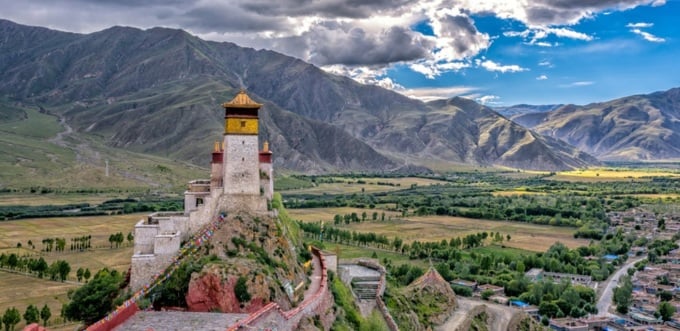
Tibet flourished between the 7th and 9th centuries. Photo: Now Boarding
The Tibetan Plateau is one of the highest inhabited regions on Earth. While the environment on the “Roof of the World” is harsh, new data reveals that the region once had warmer weather, leading to the rise of the powerful Tubo, or Great Bodhisattva Kingdom. However, despite its enormous influence on Asian geopolitics between the 7th and 9th centuries, the kingdom collapsed after about 60 years, as cold temperatures and severe droughts decimated agricultural resources across the region, according to research published in the journal Science Bulletin.
To learn more about how climate change affected the formation and collapse of Tubo, a team from the Tibetan Plateau Research Institute analyzed carbonate and oxygen isotopes in sediments collected from Jiang Co Lake in the central Tibetan Plateau. Combined with biological traces left by ancient algae, they were able to reconstruct temperatures and rainfall over the past 2,000 years.
The researchers found that summer temperatures from 600 to 800 were about 2 degrees Celsius warmer than the cold periods before and after. At the same time, changes in lake depth and size suggest that the warmer weather coincided with increased rainfall. All of these factors made the region more suitable for both agriculture and livestock farming.
The hot and humid climate of 600–800 AD corresponds to the most prosperous period of the Tibetan Empire. During this period, the team estimates that the land suitable for growing barley increased by 24.48%. The expansion of agriculture, livestock, and the accumulation of surplus resources may have formed the basis for social stratification and the emergence of dynasties, allowing the Tibetan Empire to expand across the plateau and surrounding areas.
Comparing weather data with historical sources, the team found that the Tibetans tended to invade neighboring territories during particularly hot and humid years, while their enemies often attacked back during cold and dry periods. This suggests that the Tibetans relied on resources from livestock and agriculture to fuel military activities during wet periods.
Tibetan rulers also often sought alliances with other powers when resources were running low, suggesting they wanted to take measures to mitigate the negative effects of climate change. During its 200-year existence, the kingdom conquered parts of Xinjiang and Kashmir. However, after reaching its peak around 800, the kingdom declined abruptly as conditions on the Tibetan plateau rapidly deteriorated.
From the late 8th to mid-9th centuries, rainfall decreased sharply and several droughts occurred for about 60 years. The drought peaked in 840, coinciding with the fall of Tibet. During this period, the land available for barley cultivation decreased by 10.88 million hectares. Combined with religious conflicts, the decline in agricultural resources led to more fighting between different tribes, accelerating the kingdom's disintegration.
An Khang (According to IFL Science )
Source link




![[UPDATE] April 30th parade rehearsal on Le Duan street in front of Independence Palace](https://vstatic.vietnam.vn/vietnam/resource/IMAGE/2025/4/18/8f2604c6bc5648d4b918bd6867d08396)
![[Photo] Prime Minister Pham Minh Chinh receives Mr. Jefferey Perlman, CEO of Warburg Pincus Group (USA)](https://vstatic.vietnam.vn/vietnam/resource/IMAGE/2025/4/18/c37781eeb50342f09d8fe6841db2426c)

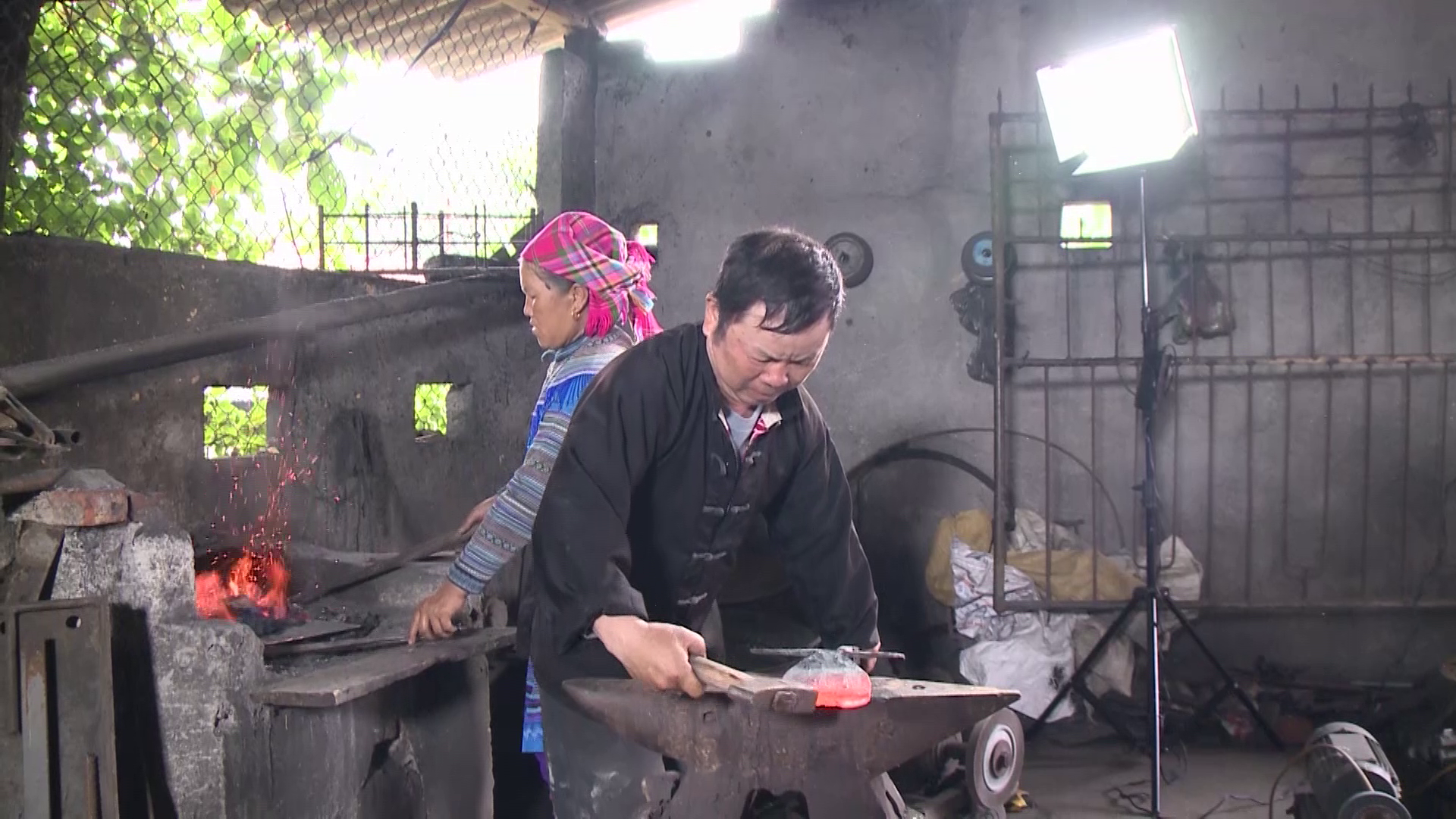








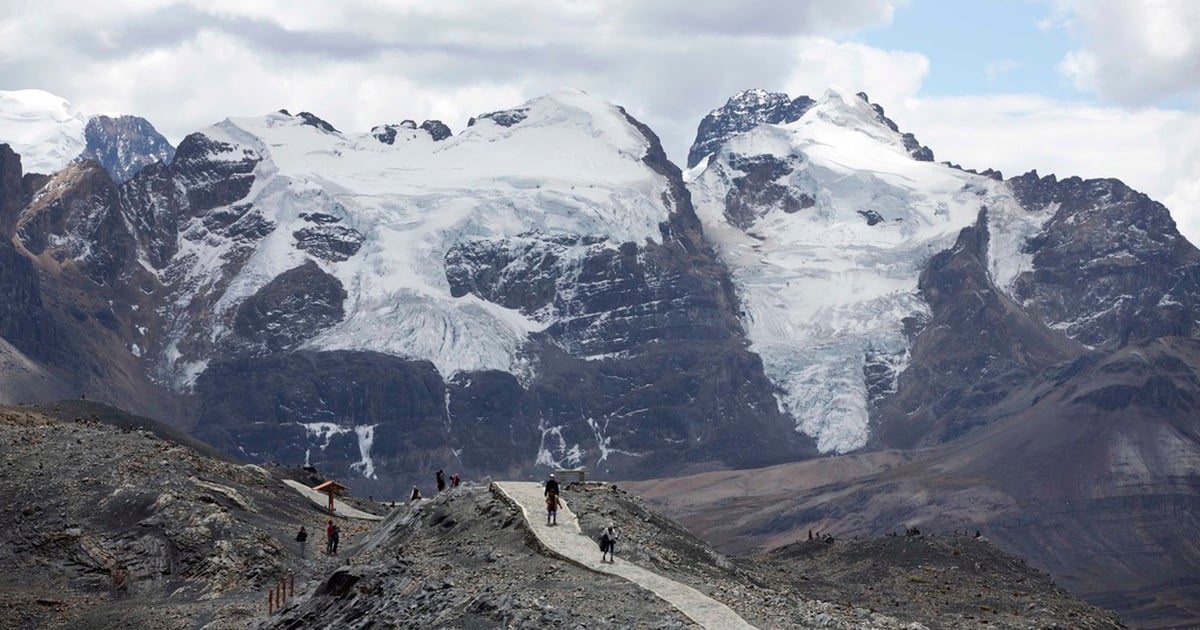






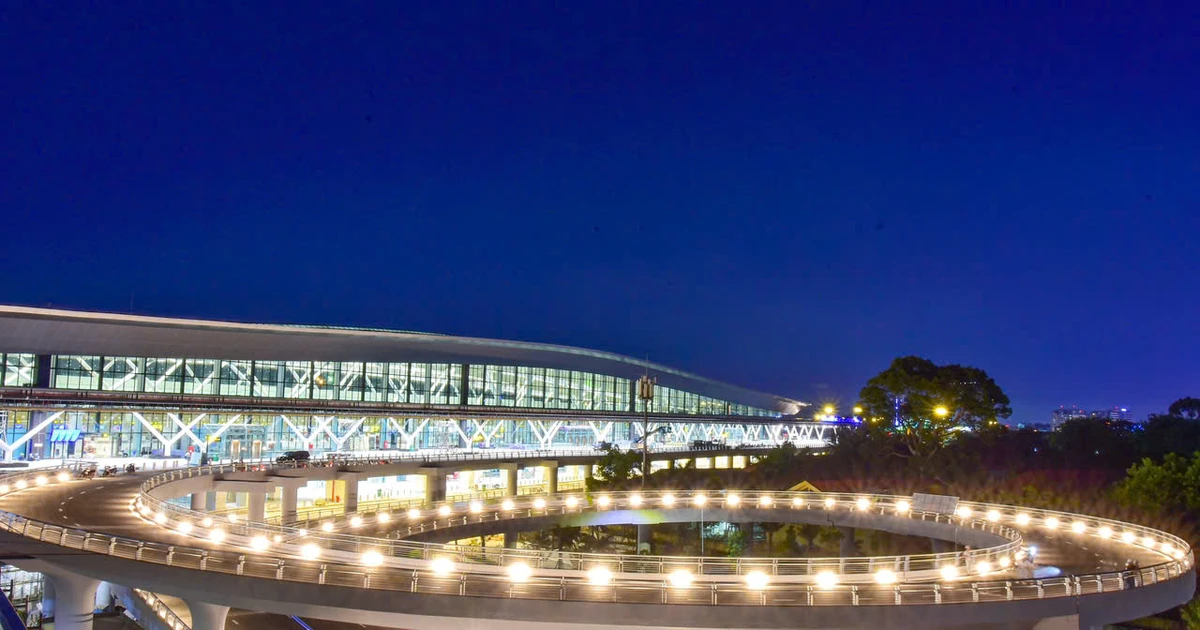






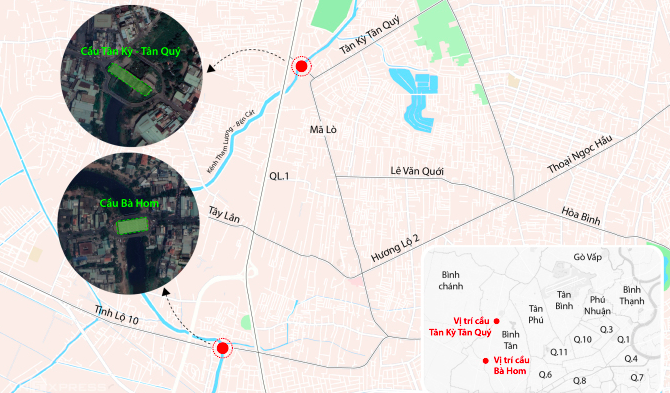

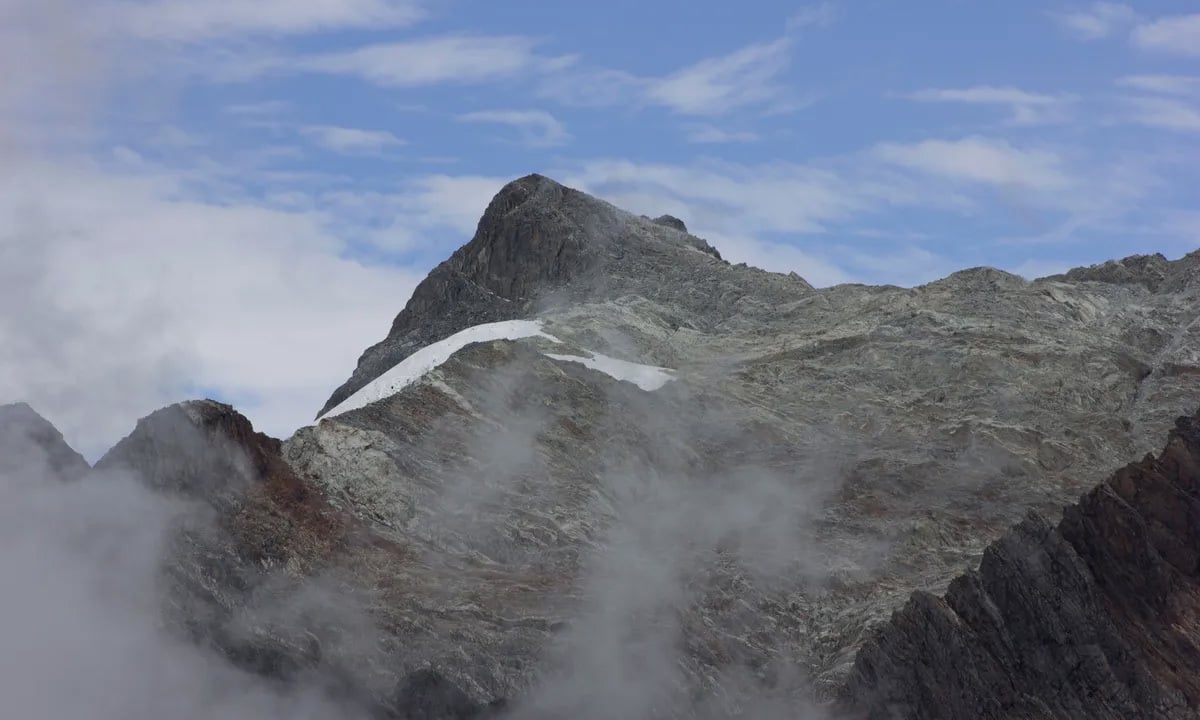




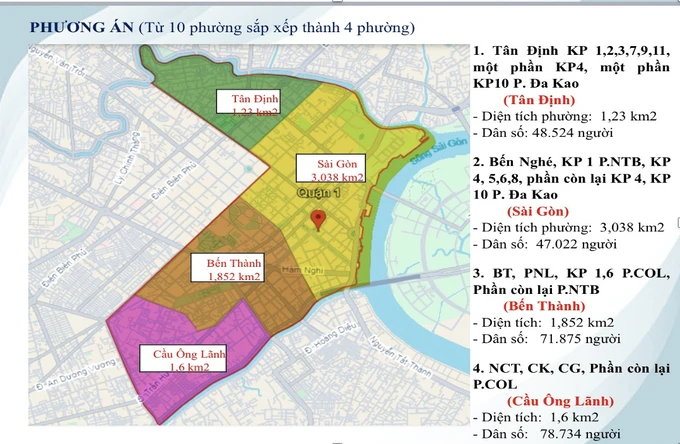







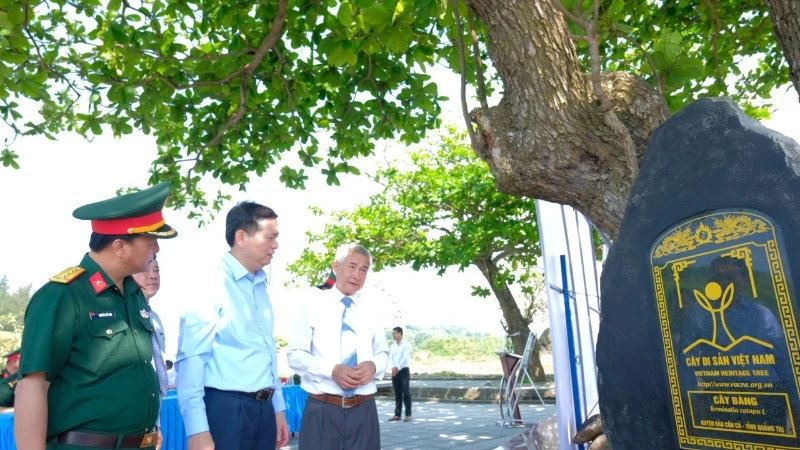























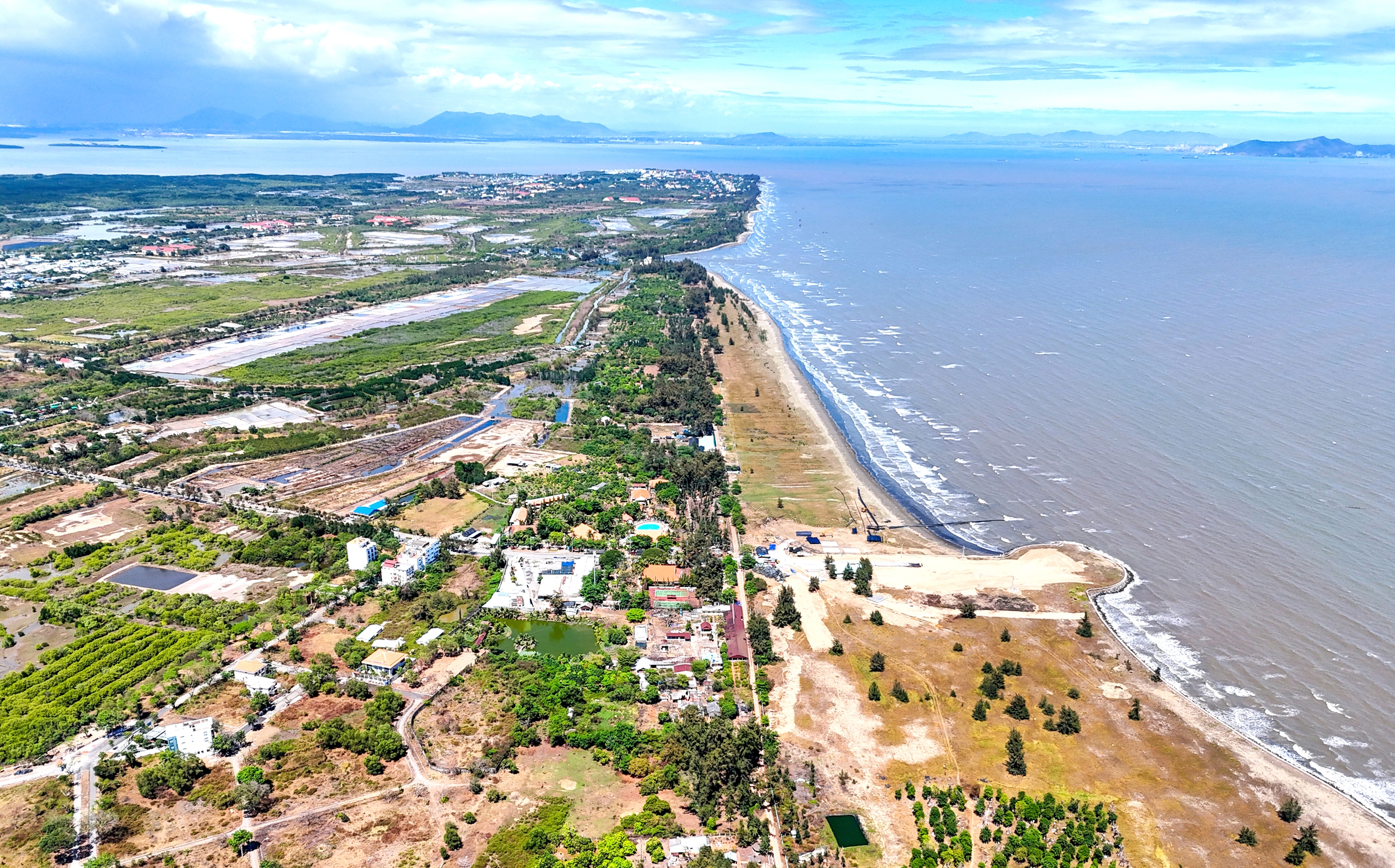










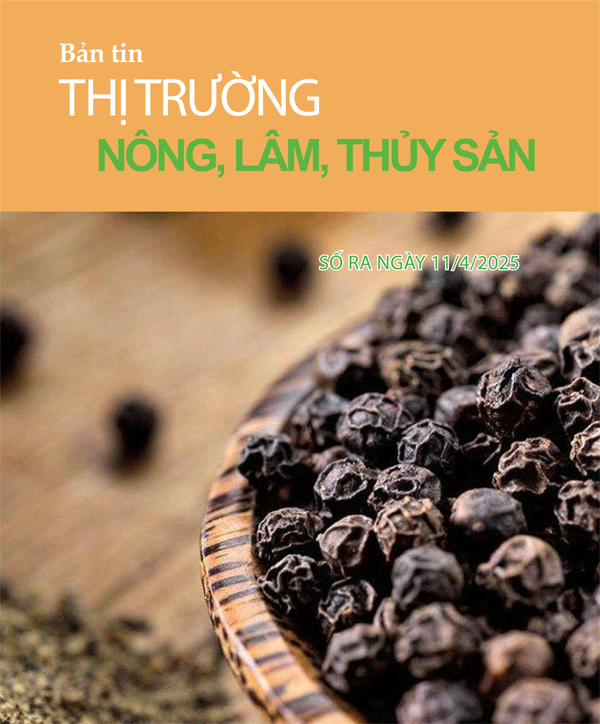






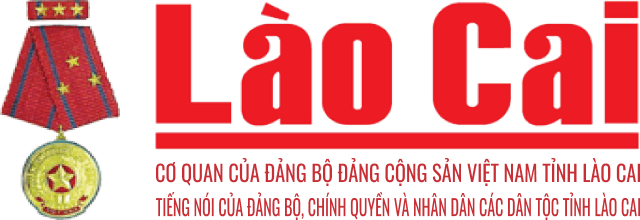















Comment (0)